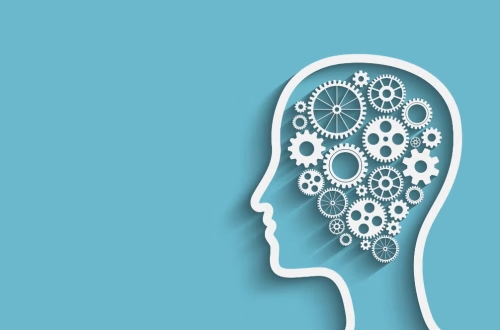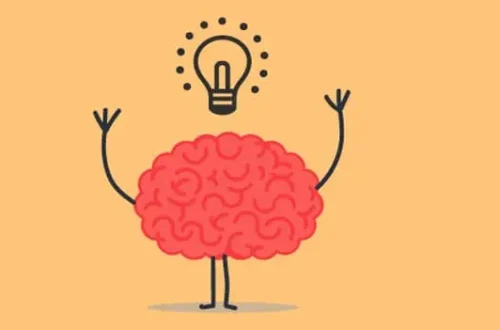The concept of a “smart home” has gracefully pirouetted from the pages of science fiction into the heart of our daily existence. This evolution signifies a transformative shift in how we interact with our living spaces, turning them from passive shelters into active participants in our lives. The modern smart home is an intricate ecosystem of interconnected devices, all orchestrated to enhance convenience, bolster security, and optimize energy consumption.
At the core of this domestic revolution are central hubs and voice assistants, the conductors of the smart home symphony. These devices, powered by artificial intelligence, serve as the command center, allowing for seamless control over a myriad of smart gadgets. From the subtle glow of intelligent lighting that mimics the natural rhythm of the day to the ever-watchful eyes of smart security cameras, each component plays a vital role in creating a responsive and secure environment. The benefits extend beyond mere convenience; smart thermostats learn our preferences to reduce energy waste, while smart locks provide keyless entry and remote access, offering peace of mind.
The integration of smart home technology has fundamentally altered our relationship with our living environments. No longer are we simply inhabitants of static spaces; instead, we have become collaborators with our homes in creating optimal living conditions. This transformation has been facilitated by the development of sophisticated networking protocols that allow devices from different manufacturers to communicate seamlessly. The result is a home environment that can adapt to our behaviors, preferences, and schedules, creating a truly personalized living experience.
Smart lighting systems represent one of the most accessible entry points into home automation, yet they offer profound benefits. These systems can automatically adjust brightness and color temperature based on the time of day, helping to regulate our circadian rhythms. In the morning, cooler blue-toned light can help us wake up more naturally, while warmer tones in the evening prepare our bodies for sleep. Beyond health benefits, smart lighting can also contribute to significant energy savings, as lights can be programmed to turn off when rooms are unoccupied or dimmed during times of natural abundance.
Security systems have undergone a revolutionary transformation with the advent of smart technology. Traditional security systems required professional installation and monitoring, often at significant cost. Modern smart security solutions, however, can be installed by homeowners themselves and offer features that were previously unimaginable. Doorbell cameras with facial recognition can distinguish between family members, delivery personnel, and potential intruders, sending customized alerts to homeowners’ smartphones. Smart locks can generate temporary access codes for houseguests or service providers, eliminating the need for physical key exchanges.
Energy management has become a critical concern for modern households, both for environmental reasons and cost savings. Smart thermostats learn our daily routines and automatically adjust heating and cooling to minimize energy consumption while maintaining comfort. They can detect when we’re away from home through smartphone integration and reduce energy usage accordingly. Some advanced systems can even predict weather changes and adjust settings preemptively to maintain optimal comfort while minimizing energy waste.
The convergence of multiple smart home technologies creates opportunities for complex automation scenarios that would have seemed futuristic just a decade ago. A “good morning” routine might involve the gradual brightening of bedroom lights, the brewing of coffee, the adjustment of the thermostat to a comfortable temperature, and the reading of today’s news headlines through smart speakers. These integrations require careful planning and setup, but they ultimately create a home environment that feels truly responsive to our needs.
Despite the many benefits, smart home adoption faces several challenges. Privacy and security concerns top the list for many consumers, as the idea of internet-connected devices constantly monitoring our activities can be unsettling. Data breaches of smart home devices have made headlines, highlighting the importance of robust security measures. Additionally, the fragmented nature of the smart home market, with different manufacturers using proprietary protocols, can create compatibility issues that frustrate users and limit the potential for seamless integration.
As we look to the horizon, the future of smart home automation promises even deeper integration, with homes that not only respond to our commands but also anticipate our needs, creating a truly personalized and intelligent living experience. The development of more sophisticated artificial intelligence will enable homes to learn our preferences with greater accuracy and nuance. Voice recognition technology will advance to the point where homes can distinguish between different family members and customize responses accordingly. The integration of biometric sensors could allow homes to monitor our health and well-being, adjusting environmental conditions to optimize our physical and mental states.




